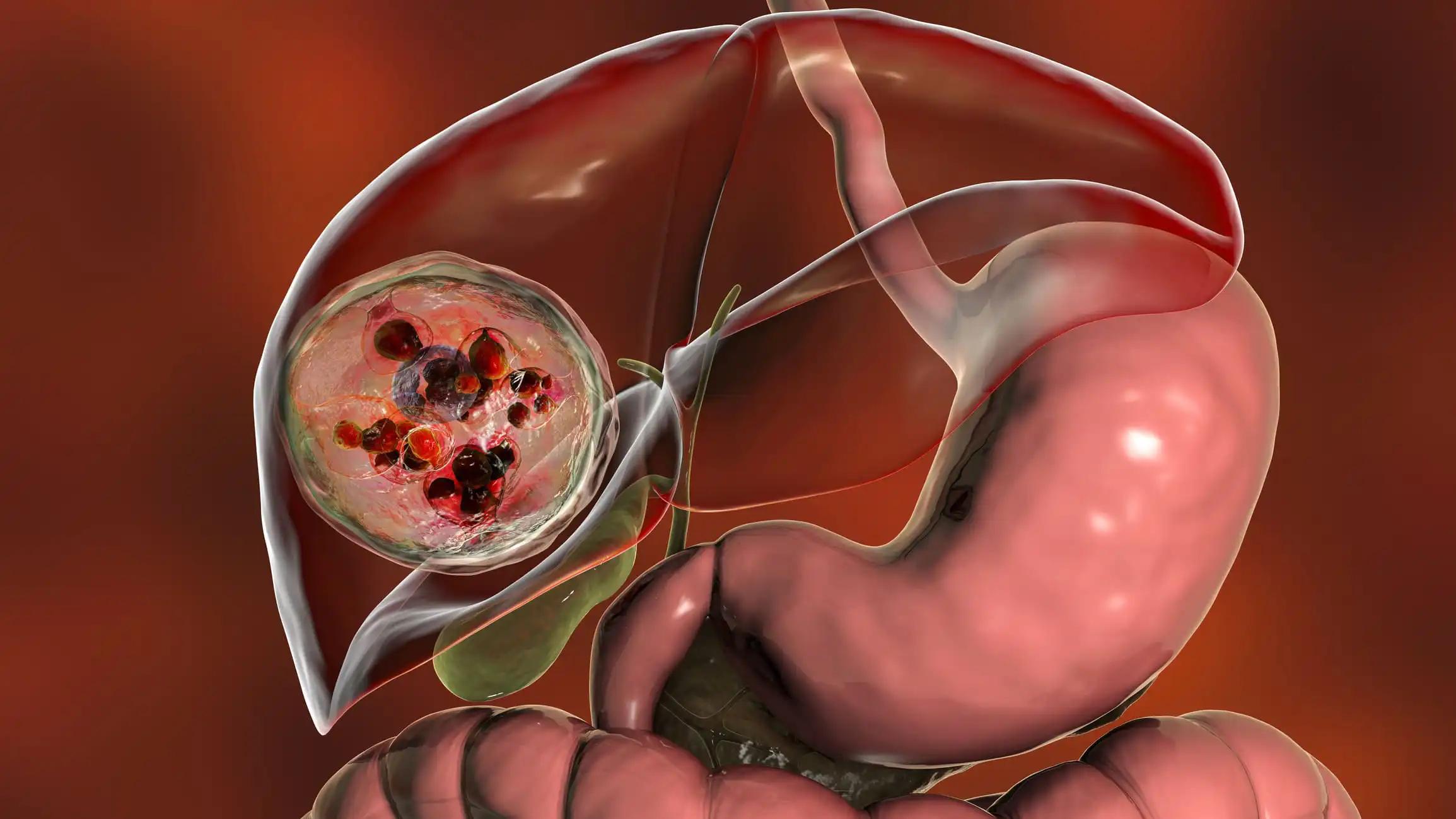KEY TAKEAWAYS
- The IPROC phase II trial aimed to evaluate the tailored immunotherapy combinations guided by experts.
- The primary endpoint was to determine the ORR (RECIST1.1). Secondary endpoints include iRECIST ORR, RECIST/iRECIST PFS, OS, and safety. Exploratory endpoints were whole exome sequencing and immune profiling.
- Sub-study A is evaluating durvalumab and AXL-targeting BA3011 in AXL overexpressing HGSC. Sub-study B is evaluating durvalumab with ROR2-targeting BA3021 in ROR2 overexpressing HGSC. Further sub-studies are planned.
New immunotherapy combinations for platinum-resistant high-grade serous ovarian cancer (HGSC), with biomarker-agnostic and biomarker-directed options, were tested in adaptive platform trials with translational studies.
Researchers aimed to evaluate the tailored immunotherapy combinations guided by experts.
The study included patients(pts) with HGSC histology, progression within 6 months of the last platinum treatment, who received less than one prior chemotherapy regimen for platinum-resistant cases (with no limit for platinum-sensitive cases), and prior immunotherapy treatment allowed if not stopped due to side effects. Pts must be willing and able to undergo study procedures. The primary endpoint is the objective response rate (ORR) measured by the RECIST1.1 criteria. Secondary endpoints include ORR by iRECIST, progression-free survival(PFS), and overall survival(OS) according to RECIST/iRECIST and safety assessments. Exploratory objectives involve analyzing tumor and blood samples through whole exome sequencing and immune profiling to identify biomarkers and potential new immunotherapy strategies or combinations for future research. Tumor biopsies are done at baseline, in cycle 2, and optionally at progression, with blood and plasma collected at each cycle and upon disease progression.
All sub-studies follow a Simon 2-stage design with 10 pts in each stage. If there’s no response at the end of stage 1, a modified cohort based on biomarker selection may be considered via protocol amendment. Each sub-study tests the null hypothesis that the Objective Response Rate (ORR) is ≤5% against the one-sided alternative that it’s ≥25%. A combination is deemed active if ≥4 out of 20 pts respond, with α=0.02 and a power of 0.76. As of January 19, 2023, two sub-studies are open, and 12 pts have been enrolled. Sub-study A assesses the combination of durvalumab and BA3011 for AXL overexpressing HGSC, while Sub-study B evaluates durvalumab plus BA3021 for ROR2 overexpressing HGSC. More sub-studies are planned for the future.
Source: https://ascopubs.org/doi/abs/10.1200/JCO.2023.41.16_suppl.TPS5617
Clinical Trial: https://www.clinicaltrials.gov/study/NCT04918186
Helen Mackay, Anna Tinker, Brad Nelson, Dmitriy Zamarin, Kunle Odunsi, Stephanie Lheureux, Susan Ellard, Alannah Smrke, Pierre-Olivier Gaudreau, Tess Faulkner, Ana Rosa Saez-Ibanez, Dongsheng Tu, and Janet Ellen Dancey. DOI: 10.1200/JCO.2023.41.16_suppl.TPS5617 Journal of Clinical Oncology 41, no. 16_suppl (June 01, 2023) TPS5617-TPS5617.



